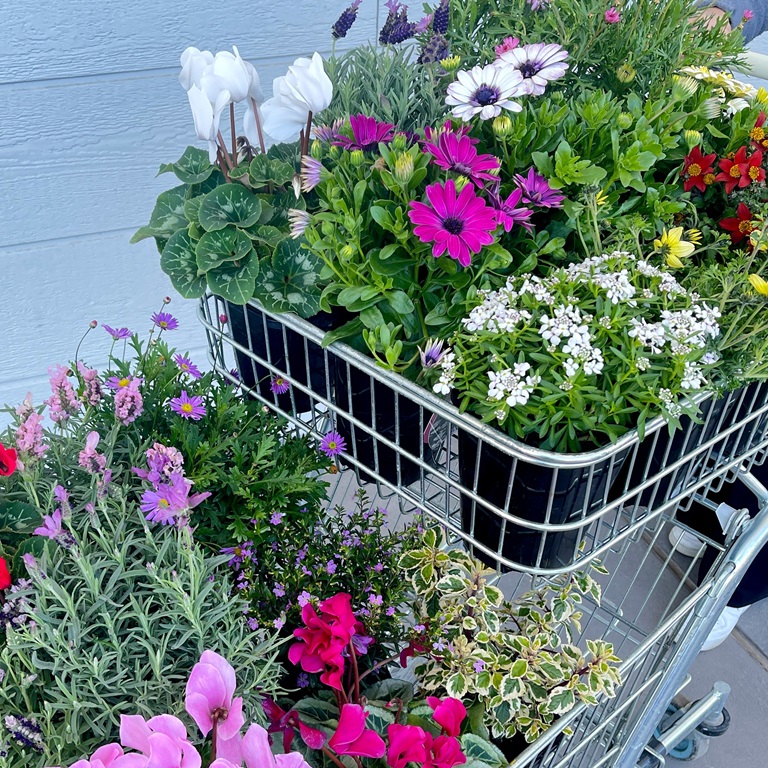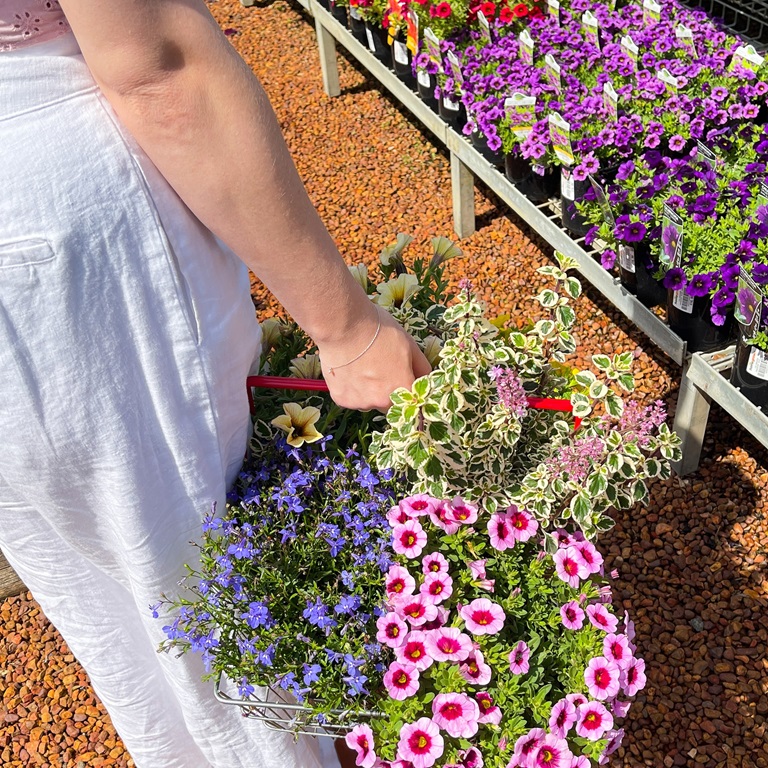Contents
If you’re looking for a fun yet inexpensive activity that’ll enhance your home’s curb appeal and attract pollinators to your yard, starting a flower garden is the way to go. Additionally, gardening is a great exercise that can boost your immunity and work wonders for your cognitive and emotional health. However, designing a beautiful flower garden can sound challenging, especially if you’re a beginner gardener. Wee, it doesn’t have to be. All it takes is planning and organising. Here’s everything you need to know.
How to Create a Beautiful Flower Garden?

Deciding on the location of your landscape, choosing the right flowering plants and arranging them for maximum visual intrigue are the most essential steps to creating a beautiful flower garden. While it may seem daunting, it’ll be worth it once you see it come to life. You’ll have no trouble beginning a lovely blooming garden with the correct techniques, tools and inspiration.
Step 1: Choose a Location for Your Flower Garden
Picking the right spot is the first step to starting a flower garden. Considering the needs of the flowering plants you want to grow can help you choose the perfect location. Think about how much water, sunlight, and type of soil they’ll need to survive.
For example, you can look for flowers that grow well in shade without lots of sunlight if your courtyard or garden is in a shady spot. New Guinea impatiens, hydrangeas and gardenias are some plants that love shade. On the other side, locate your flower garden in an area that receives at least six hours of sunlight if you are growing full-sun perennials. In a shaded garden bed, full-sun flowers will wither away rapidly, and full-shade plants will crisp in intense light.
Think about the quality of your yard’s irrigation system as well. A section of your yard that retains water is not the best place to create a flower bed or scatter many plants and seeds. If so, everything will rot rather quickly. After a rain, pick a spot that drains well and dries out uniformly.
Once you decide on the garden’s location, test the soil to understand its properties before you plant. That can help you determine what amendments are required by providing information about the pH and nutrients available in the sod. Depending on the soil test results, you can add organic fertilisers or supplements to the bed to supply vital nutrients for flower growth. Different plant species could require various nutrients, so learn what your plants need.
Step 2: Pick Your Flowering Plants
Selecting the flowers for your garden is the fun and most exciting part! Different approaches can help you create a lovely garden; this could be choosing plants you love (whether because of their colour, shape or fragrance), considering how easy they’ll grow, thinking about your garden’s purpose, and picking flowers most suitable for the climate of your place.
First, use plants you adore, regardless of what draws you in—colour, size, form, or scent. Sort them according to how much water and sun they need. Choosing flowering plant types with standout foliage will help you make the most of your growing season, as they’ll remain beautiful even after their flowers have faded. These are perfect for border gardens, containers, and pollinator yards.
It is helpful to know the kind of garden you wish to cultivate. Is it a cutting garden, so you can cut flowers to create bouquets? Is it a native plant-filled, low-maintenance garden? Alternatively, you can like one that draws pollinators such as bees and butterflies. Knowing the purpose of your garden can help you choose which flowers are appropriate for it.
Combine shrubs, annuals, perennials, and bulbs for four seasons of appeal. As perennial flowers return year after year, planting them just needs to be done once! The entire season can have colour by varying the bloom periods. Perennial plants, such as kangaroo paws, pink ladies and coronation gold yarrow, look beautiful even after flowering, as their intriguing leaf hues and textures will enhance your landscape even when they aren’t in bloom.
Annual flowers, such as petunias, begonias, marigolds and zinnias, are the one-year marvels that bring instant colour and speedy blooms. They’re additionally practical for filling up the spaces between perennial plants. If kept deadheaded, they’ll give you colour for the entire season. You can change them yearly to give your garden a fresh appearance because they aren’t permanent.
Step 3: Design Your Flower Garden
It’s time to design your garden now that you have decided on a spot and picked out your flowering plants in Australia from specialised stores. It’s understandable to look forward to seeing your flower bed every day, as it’s the centrepiece of your yard. Curved lines are preferable to sharp ones since they guide the eye over the area. You can also conceal items in your yard, such as trash cans, HVAC units, and electricity boxes, with flowers and plants.
Select a Colour Scheme

Choose two or three colours to concentrate on along with a few distinct kinds of flowers. Less is more in a garden bed—too many flower varieties or hues can make the arrangement appear random. Restricting the number of flowers or colour scheme would help the yard look more put-together and professional.
Arrange Flowers in Odd Numbers
Consider grouping blossoms in odd numbers to give your garden a more organic, unplanned appearance. Just plant each flower kind in groups of three or five, and when they develop, see how lovely they look.
Opt for Focal Flowers
Consider your garden in the same manner as a floral arrangement: filler flowers, focal flowers, and greens. Discs, or flowers with symmetrical petals arranged in a circle around the flower head (like roses), are the most common focal flower varieties. Use spike flowers, such as snapdragon, and airy flowers, such as feverfew, to balance out the focus blooms, which should be positioned closer to the rear or centre of your bed. You can plant these closer to the front of your bed to use them as fillers in your garden.

